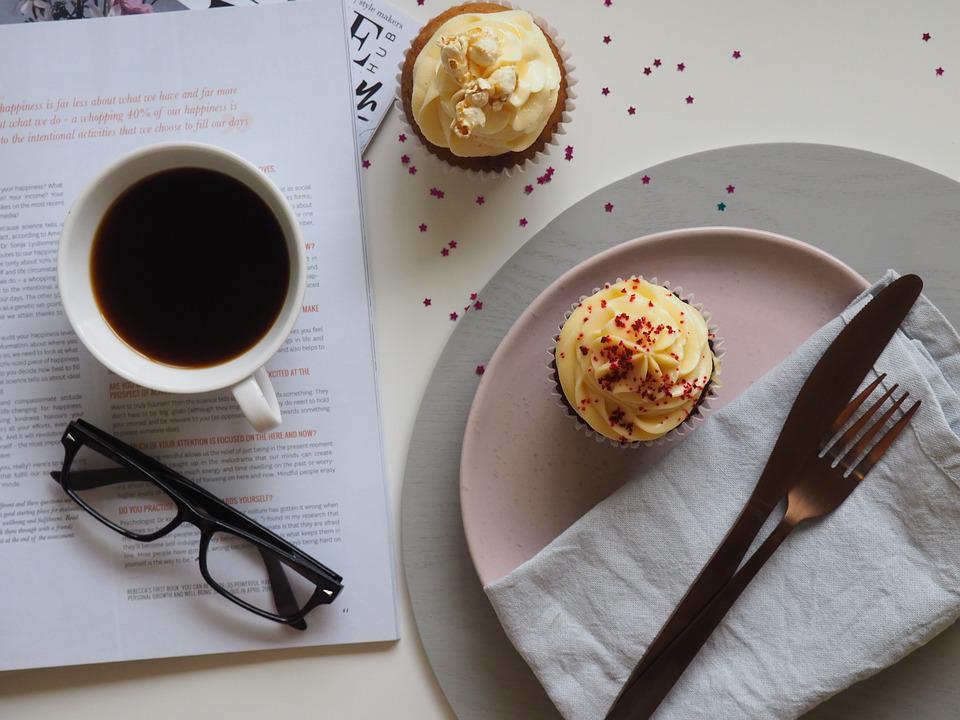The reason people ask for decaffeinated coffee is that they want to avoid the effects of caffeine. Caffeine gives you a kick, makes you alert, and improves your focus. People who don’t want to risk staying up all night but want to enjoy drinking a cup of coffee for its flavor opt for decaffeinated coffee.
Is Decaf Still Coffee?
Now let’s address the very obvious question, how do you remove caffeine from coffee when it is naturally present in it? Also, no matter how efficient the process of decaffeinating is, it would be unnatural.
The process of decaffeinating is not simple. Not because getting rid of caffeine is difficult, but because it is difficult to extract only caffeine without removing the other fun stuff that gives coffee its distinct flavor, texture and aroma.
While it is impossible to remove 100 percent caffeine from coffee, it is possible to get 97% out. If a cup of coffee contains 180 mg of caffeine, then a cup of decaf coffee would have 4-6 mg in it.
The Process Of Decaffeinating Coffee
Since caffeine is water soluble, one would think it can be easily removed by dissolving it in water and filtering it out. But unfortunately, water is not a ‘selective’ solvent, and coffee’s other chemicals are also water-soluble and essential for giving coffee its distinct characteristics. The real challenge is to extract only the caffeine while maintaining the rest of the chemicals in their original concentrations.
The important thing to remember is that caffeine can only be extracted from coffee beans when they are in an unroasted state. This is when they are green in color. Roasted beans cannot undergo decaffeination because they would lose flavor and taste after decaffeination.
Roasting Decaffeinated Beans
This is not a simple process and can quite cumbersome as unroasted decaffeinated beans are almost brown in color instead of the green color of regular unroasted coffee beans. Due to this reason, it is difficult to control the roasting process. This is because much of the roasting extent is determined by watching the color change of the beans.
Also, decaffeinated beans have less moisture content within them. This causes them to roast faster, and there is a risk that they can get burned.
The Decaffeination Process
Decaffeinating coffee is not very simple to produce as it is challenging to extract the caffeine without disturbing the balance created by the other elements in the coffee bean. But carried out properly, the decaffeination process successfully maintains the original flavor and characteristics of the coffee without caffeine. Here is a break down of the process in four simple steps.
Here Is A Step-By-Step Decaffeination Process:
Step 1. Green coffee beans are properly washed and dried
Step 2. The beans undergo a steaming process which opens up their pores to receive the solvent
Step 3. An organic solvent such as benzene, ethyl acetate, and acetone are used to then directly or indirectly extract caffeine from the beans.
Step 4. The solvent is driven off using steam to clean and wash the coffee beans thoroughly
Step 5. The beans are dried
These dried beans have successfully been decaffeinated and can be used for roasting as regular beans would.
Is Decaf Safe To Drink?
Decaffeinated coffee is as safe as regular coffee but without caffeine’s effects. Caffeine triggers the fight or flight response in the brain and therefore has a stimulating effect. Those who want to wind down and relax should avoid consuming caffeine. Decaffeinated coffee is a good option for them as it has negligible amounts of caffeine.
All traces of the organic solvents are removed and are absolutely safe for consumption so you can be assured that drinking decaf is no harm.
The flavor of decaffeinated coffee remains the same as it depends more on the roast of the coffee rather than the fact that it is decaf.
How Does It Taste?
Since coffee beans undergo an extra decaffeination process before roasting, they are stripped off the caffeine component, which removes some other agents and chemicals from the coffee bean. This is why some people feel that decaf tastes a bit bland and mild, while others can hardly tell the difference.
An important tip to remember is to go for stronger roasted blends of coffee when opting for the decaf option. This maintains a more robust and stronger flavor in the coffee to avoid making it taste too bland or mild.
Overdosing On Caffeine
Overdosing on caffeine can cause the following symptoms:
- Anxiety
- Jitters
- Increased heart rate
- Rapid breathing
- Dehydration
- Headaches
- Nausea
Who Is Decaf Coffee For?
The following conditions would make people choose decaffeinated coffee over regular coffee:
- People who drink more than 2 cups of coffee in a day can opt for the decaffeinated option to avoid overstimulation caused by excessive caffeine.
- For those who have trouble sleeping
- For those who prefer a mild taste of coffee as opposed to its bitter and pungent taste
- For those who suffer from acid reflux
Of course, people who drink coffee early in the morning to wake themselves up and feel alert will not benefit from drinking decaffeinated coffee. They should drink regular coffee, the rejuvenating effect it has early in the morning.
The Final Word
Decaffeinated coffee is the perfect solution for those who love coffee but are hesitant about overdosing on caffeine. Since decaffeinated coffee has caffeine extracted from it, it is the ideal beverage for people who consume a lot of coffee during the day and have trouble falling asleep at night. ofcourse, those looking for that early morning cup of joe to wake them up will experience the same effects after drinking decaffeinated coffee. Hence they should stick to regular coffee.

